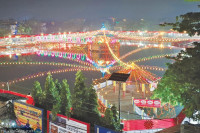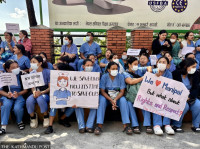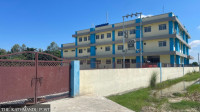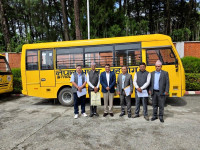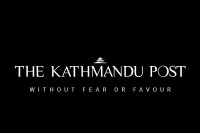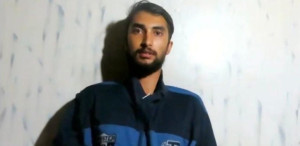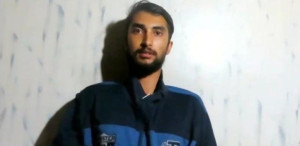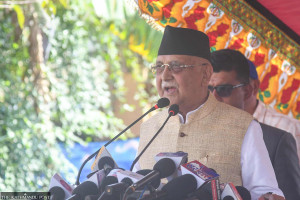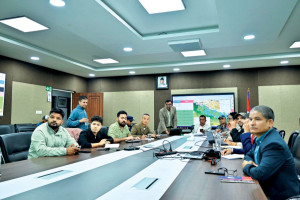National
Six unmissable Nepali festivals
Nepal has a vibrant culture and rich traditions. It hosts colourful festivals that foster a sense of unity in the community.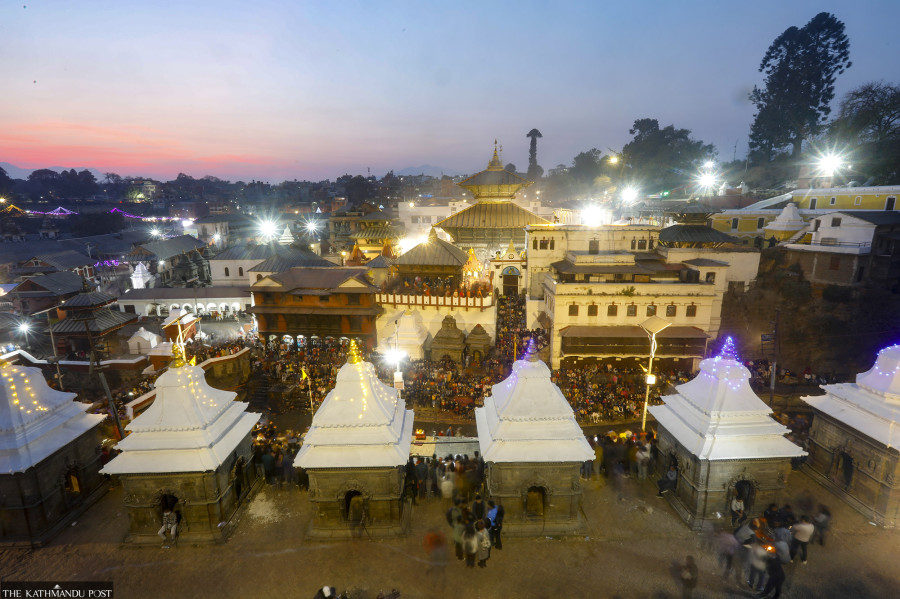
Maha Shivaratri
Maha Shivaratri honours Lord Shiva, one of the principal deities of Hinduism. This festival holds immense spiritual and cultural significance in Nepal and other Hindu-majority countries. Observed on the 14th day of the dark fortnight in Falgun (typically in February or March), Maha Shivaratri celebrates the divine marriage of Lord Shiva and Goddess Parvati. According to Hindu scriptures, it is also the night when Lord Shiva performs the cosmic Tandava dance. Devotees commemorate this sacred occasion by staying awake throughout the night and engaging in prayers, rituals, and meditation. Some followers partake in smoking marijuana, as Lord Shiva is often depicted as a deity who embraces a life of asceticism and occasional intoxication. A grand celebration is held at the Pashupatinath Temple in Kathmandu, which is dedicated to Lord Shiva. The temple attracts tens of thousands of devotees, including visitors from India, who gather to offer prayers and seek blessings on this auspicious night.
Holi
Holi, the festival of colours, is popularly known as Fagu Purnima and is one of the liveliest celebrations in the Nepali community. The festival is rooted in the popular tale of the demonic siblings Holika and Hiranyakashipu. According to legend, the devil king Hiranyakashipu sought to kill his son Pralhad, a devout follower of Lord Vishnu, with the help of his sister Holika. Holika had been granted a boon that made her immune to fire. She entered a blazing pyre with Pralhad on her lap, intending to burn him.
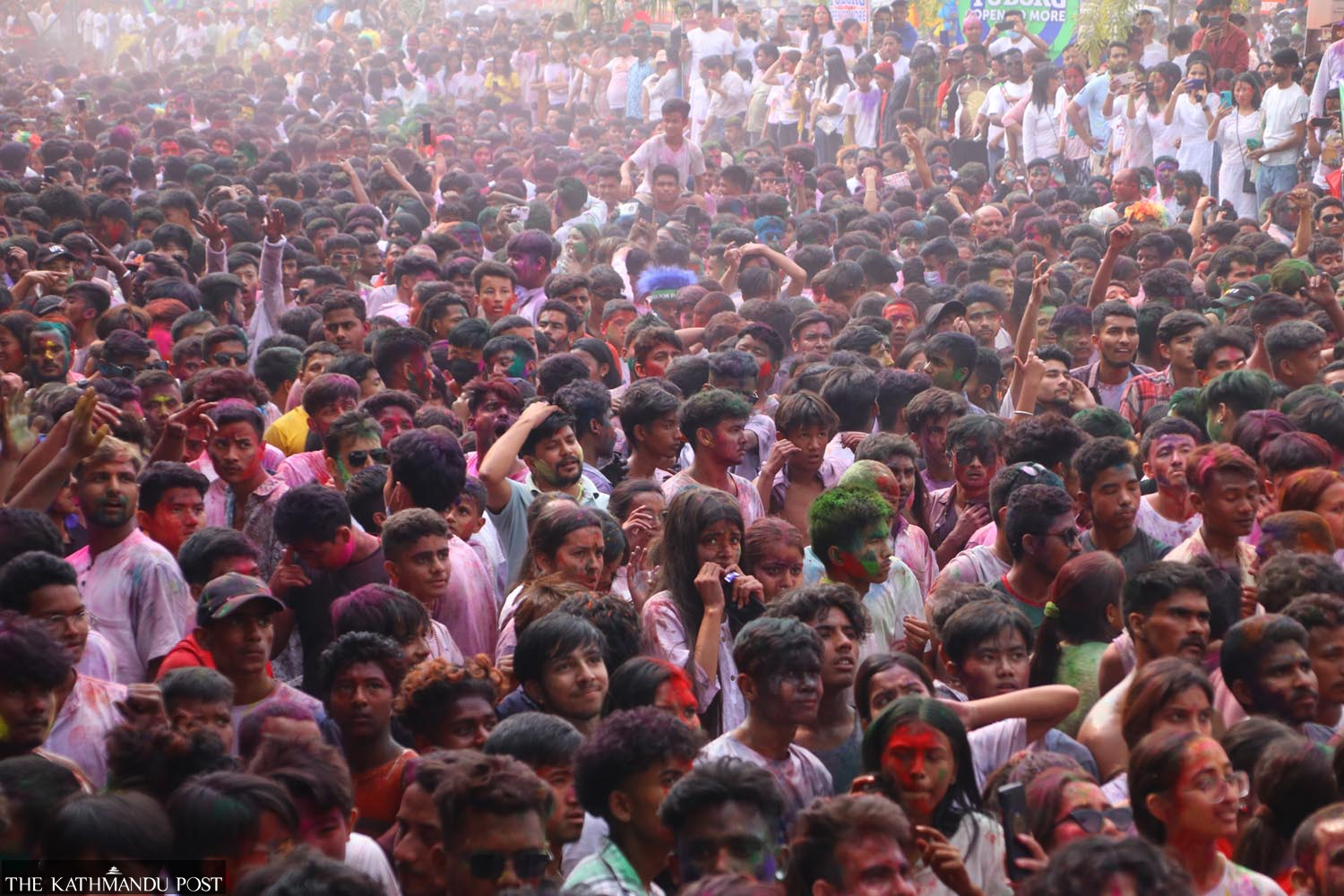
However, her boon failed to protect her, and she was reduced to ashes, while Pralhad emerged unscathed, protected by his devotion. Many believe the festival derives its name from Holika. Holi symbolises the triumph of good over evil and the arrival of spring, a season of renewal and rebirth. People celebrate by throwing colourful powders and water at one another, transforming streets and participants into a vibrant canvas of hues.
Gai Jatra
Gai Jatra is a vibrant festival of dancing, singing, and laughter celebrated in the Kathmandu Valley to commemorate the death of loved ones. Known as the "festival of cows," it honours the departed souls and provides a platform for healing and joy amidst loss. During the festival, family members of those who passed away in the preceding year send people, often children dressed as cows, to parade through the streets. These parades are colourful and lively, symbolising the journey of the departed to the afterlife. Gai Jatra typically takes place in July or August, depending on the lunar calendar.
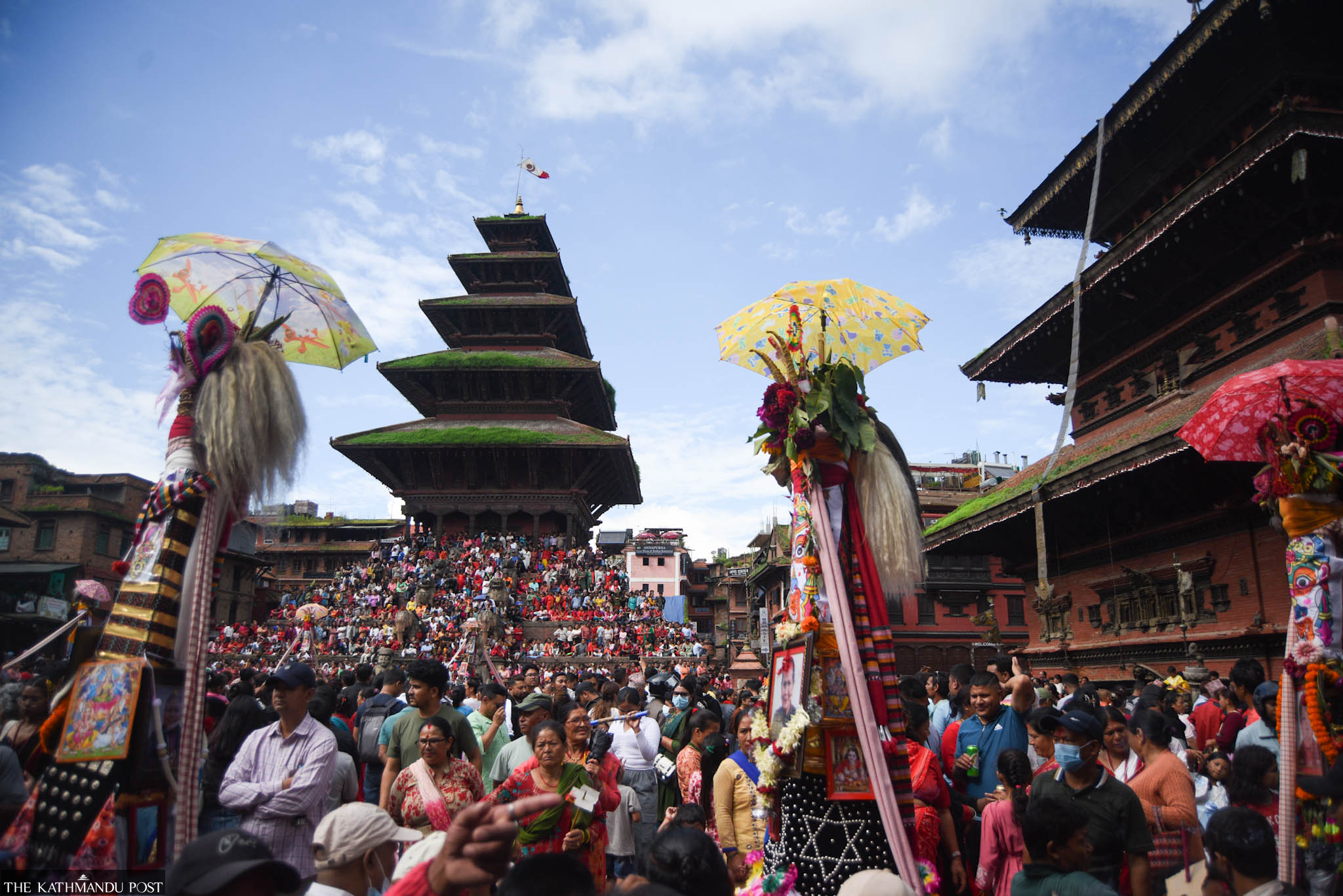
In addition to the traditional cow parades, the day is marked by humorous and satirical performances. Many people dress in eccentric and whimsical costumes, and some cities, including Kathmandu, host a gay parade, adding to the diversity and inclusiveness of the celebrations. In Bhaktapur, the festivities extend for eight days, featuring various cultural events and performances. The origins of Gai Jatra date back to the Malla era. According to legend, a Malla queen was deeply mourning the untimely death of her son. To console her and help her see that she was not alone in her grief, the king ordered a procession involving every family that had lost a loved one. The intention was to show solidarity and bring solace to the grieving queen.
Bibaha Panchami
Bibaha Panchami is a Hindu festival celebrating the divine union of Lord Ram and Goddess Sita, as described in the Ramayana. According to legend, their wedding occurred on the fifth day of the waxing moon in the month of Mangsir during the Treta Yug in the sacred Mithila region. The day is considered highly auspicious for marriage and starting a family. The weeklong celebration includes vibrant re-enactments of Ram and Sita's wedding, colourful processions, and captivating dance performances.

The festival draws locals and visitors, including pilgrims from nearby Indian cities, to Janakpur. It is celebrated in the first week of December. Janakpur, the capital of Madhesh Pradesh in Nepal, is believed to be the birthplace of Sita and the historical capital of ancient Mithila. At the heart of Janakpur stands the Janaki Temple, a splendid blend of Mughal and Rajput architectural styles. The temple complex features a beautiful garden and the Vivah Mandap (wedding courtyard), a site dedicated to commemorating the celestial wedding of Ram and Sita.
The day also holds significant cultural importance, particularly in observing Shaman traditions. Shamans from the Kathmandu Valley and other parts of Nepal gather at sacred sites like Kumbeshwar in Patan, Gosaikunda in Langtang, and Charikot in Dolakha to perform ancient rites. On this full moon day, many Brahmins perform rituals at holy riverbanks. They take ceremonial dips in the water, offer ablutions to the gods, and replace their sacred threads. Additionally, Brahmin priests tie yellow sacred threads around the wrists of devotees, symbolising protection and blessings.
Buddha Jayanti
Buddha Purnima or Buddha Jayanti is among the most significant religious festivals celebrated in the country. As the birthplace of Gautam Buddha, Nepal holds a unique place in the global observance of this sacred day. Lumbini, the birthplace of Buddha, becomes a focal point as Buddhists from around the world gather to pay homage and engage in various religious rituals.
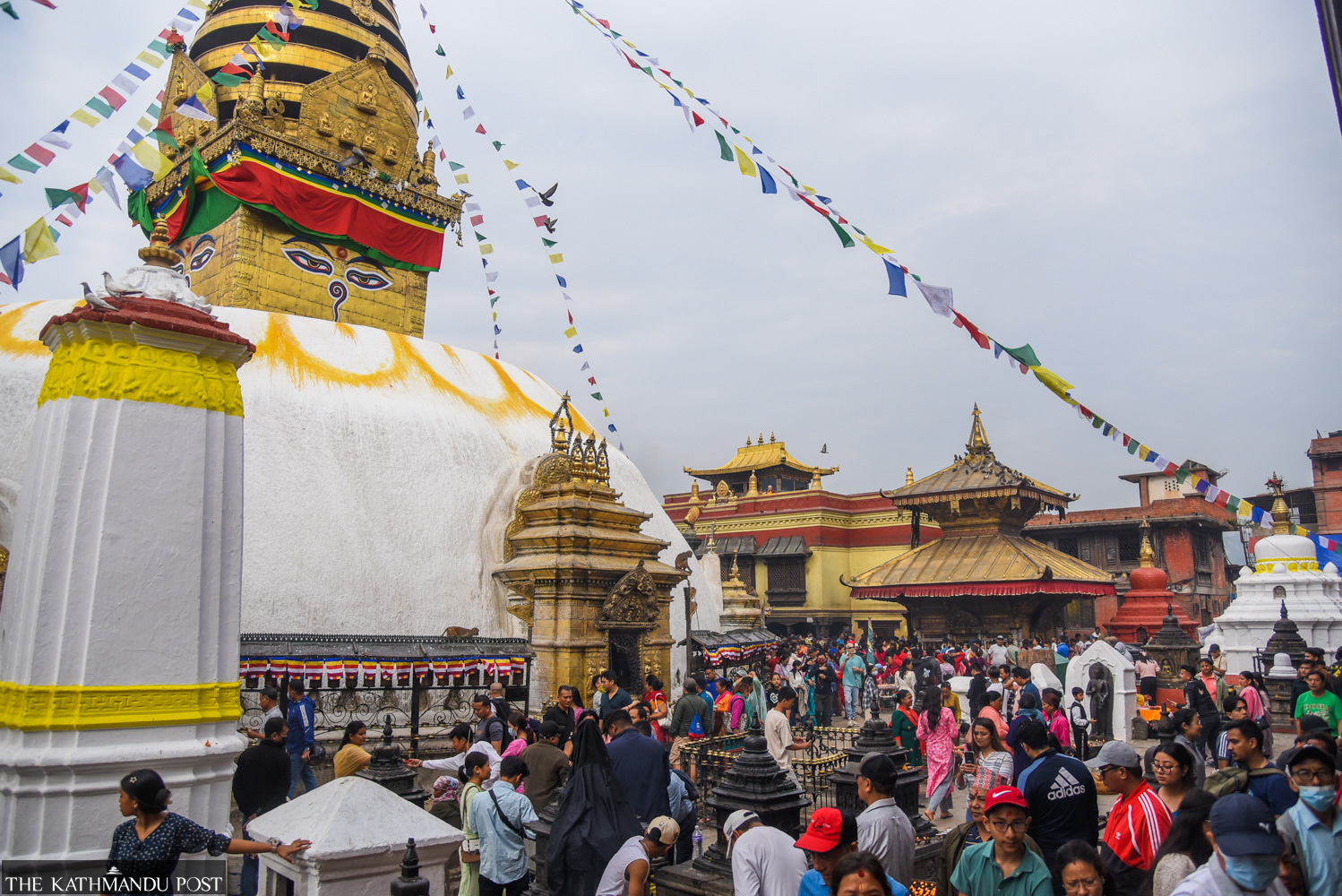
The festival is observed on a full moon day in April or May. During the festival, monasteries and stupas host prayer sessions, religious discourses, and cultural events. Both Buddhists and non-Buddhists participate in the celebrations, highlighting the universal message of peace and compassion that Buddha taught. This occasion serves as a powerful reminder of the relevance of Buddha’s teachings in fostering harmony, understanding, and unity in a diverse and multicultural society.
The date of Lhosar varies depending on the lunar calendar. For the Sherpa community, Sonam Lhosar is celebrated in February or March. The Tamu Lhosar, celebrated by the Gurung community, falls in December or January, while the Gyalpo Lhosar, observed by the Tamangs, takes place in February.





 17.12°C Kathmandu
17.12°C Kathmandu